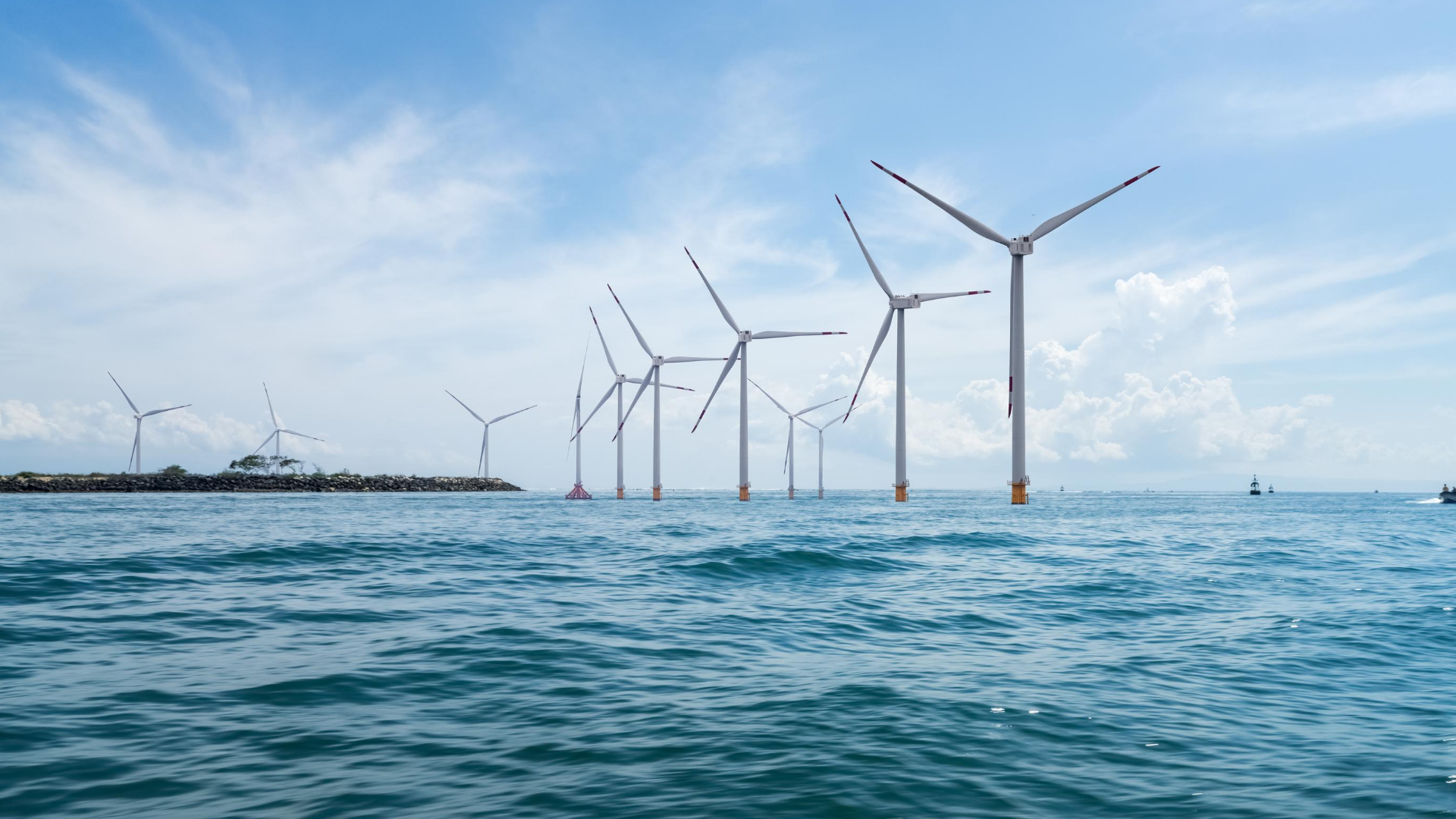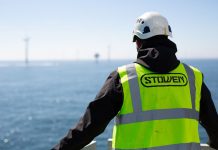New figures released today by trade advocates the Offshore Wind Industry Council quantify the wall of fresh cash investing in maritime turbines, and the new jobs created to keep them spinning.
Over 31,000 jobs now exist in the sector, up 16% on 2021, the survey finds. Thirty per cent now are in Scotland, with Humberside & Yorkshire hosting a further 15%.
By this decade’s end, the study estimates, offshore will employ over 97,000 people in the home nations. Then as now, that total will be split between two jobs directly employed in construction and operations, for every role among suppliers.
New investment in offshore structures moored as well as floating will accelerate markedly, averaging £ 17 billion per year for the rest of this decade, the report forecasts, up from last year’s £10 billion.
That annual outlay compares with the £19 billion spent over thirteen years after 2009 in constructing London’s new Elizabeth Line.
Over the coming eight years, non-government capital totalling £155 billion will deployed on structures in British waters, the report predicts.
Its numbers will go some way to allay fears among Britain’s 50-year old offshore oil and gas industry that burgeoning wind will fail to offset the accelerating decline in fossil fuel jobs.
Unbuilt offshore projects at all stages of development have leapt 60% in the past twelve months, to stand now at 86GW, the researchers report. 25GW of new build pledged in the ScotWind round, and another 8GW identified by the Crown Estate, bulk out the rise.
Doubling the frequency of auctions for Contracts for Difference to once every twelve months, has also reassured investors with clearer entry points to costing projects more accurately.
Jobs powerhouse
The percentage of women working in offshore wind rose slightly to 19.25%, from 18% in 2021. The industry wants one-third of its workers to be female by 2030.
One in fifty offshore workers is an apprentice, a minimal increase on last year, attributable mainly to the pandemic, the survey found.
Skills gaps nagging all parts of British construction may yet constitute a cloud gathering over the seascape. The report highlights a need to address the risk of recruitment gaps, through introduction of measures to attract professionals with advanced skills in high-level electrical and digital engineering into maritime wind.
“UK offshore wind is a powerhouse for job creation”, said Melanie Onn, RenewableUK’s deputy chief executive. She holds the People & Skills portfolio at OWIC.
“I’ve seen at first hand the way that my home town of Grimsby is being transformed by this dynamic sector. It is bringing billions of private sector investment into coastal communities up and down the country.
“This report shows that we’re making rapid progress in seizing the economic benefits of the Green Industrial Revolution, and that we’ll need to continue to grow fast to ensure that we meet the Government’s target of 50 gigawatts of offshore wind by 2030 – a fivefold increase in our current capacity”.
Danielle Lane, Vattenfall UK leader and co-chair of OWIC, added: “The Government’s Energy Security Strategy puts offshore wind at the heart of our future green energy system.
“We’re working closely with ministers to pull out all the stops so that we can built vital new green energy infrastructure projects as swiftly as possible to boost Britain’s energy independence. Attracting a diverse range of talented people into this sector is the key to accelerating our transition to home-grown clean power”.
Energy minister Greg Hands said: “This report demonstrates the extraordinary potential of renewable energy to create jobs, drive investment and secure cheaper, clean electricity. We have ambitious plans to go even further as the UK becomes a global renewable energy powerhouse”.
Read the report here.




